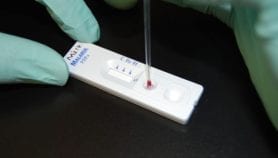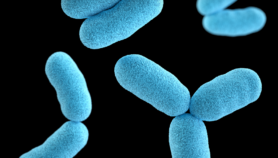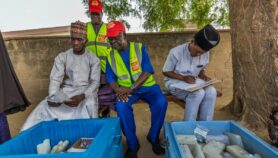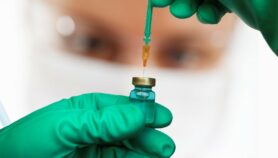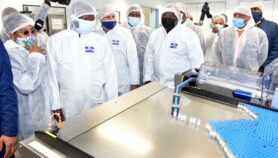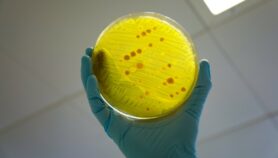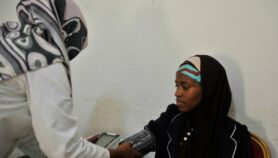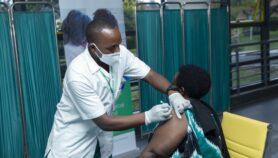03/05/19
African states facing loss of life-saving pneumonia jab
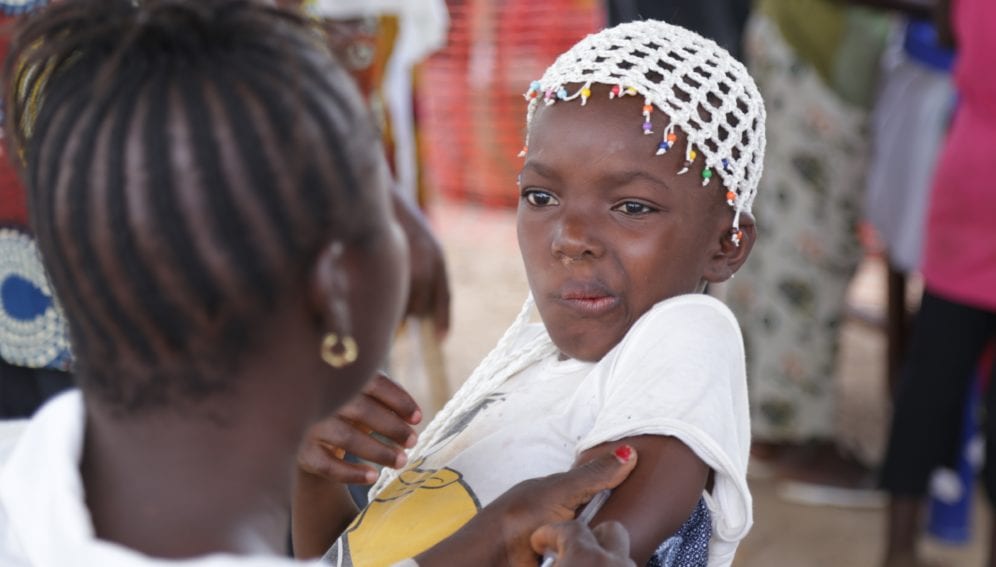
Send to a friend
The details you provide on this page will not be used to send unsolicited email, and will not be sold to a 3rd party. See privacy policy.
[NAIROBI] Kenya and other countries receiving funding for implementing their childhood vaccination programmes – including the life-saving pneumonia jab – need to plan on how to continue them before the support is scaled back from 2022, an expert says.
Most countries in Sub-Saharan Africa have adopted a vaccine called ten-valent pneumococcal conjugate vaccine (PCV10) into their routine immunisation schedules through financial support from Gavi, the Vaccine Alliance, says John Ojal, at the UK-based London School of Hygiene and Tropical Medicine. The support is expected to begin slowing down in Kenya in 2022, and end completely in 2027.
According to the WHO about one million children die of pneumococcal disease every year, with the developing world young children and the elderly most affected.
“Health policymakers need to consider how to spend the national health budget wisely in future when the cost of vaccination increases yearly.”
John Ojal, London School of Hygiene and Tropical Medicine
A study that has the expert as a co-author and published in The Lancet Global Health last month (15 April) established that PCV10 is highly cost-effective in Kenya and thus sustaining the programme which started in 2011 at full cost after 2022 could save thousands of children’s lives.
“Health policymakers must remain keenly engaged in research looking to find ways of delivering the PCV10 programme at a lower cost,” says Ojal, who is involved in the KEMRI-Wellcome Trust Research Programme in Kilifi, Kenya.
“The challenge for governments is to make wise decisions about where to invest to deliver the best outcomes for their citizens, and these decisions must be based on robust data about cost-effectiveness not only in health but across other areas of public service,” Ojal explains.
Researchers used an existing integrated health surveillance to assess new cases of invasive pneumococcal disease from 1999 to 2010, before the vaccine was introduced, and from 2012 to 2016 when children were receiving the vaccine.
According to the study, the vaccine programme reduced pneumococcal disease in children younger than five years old by 92 per cent, and thus not sustaining it will be a blow to the children.
“Health policymakers need to consider how to spend the national health budget wisely in future when the cost of vaccination increases yearly as countries’ economies grow and Gavi subsidy for a number of vaccines diminishes,” Ojal explains.
According to Ojal, their projection shows that the annual cost of the vaccine programme to the Kenyan government between 2022 and 2032 will be US$18.7 million but the government currently spends only US$6.9 million a year on all vaccines, with the remainder being funded by donors.Anne-Marie Macharia, consultant paediatrician and infectious disease specialist at Kenya’s University of Nairobi, says that “the introduction of pneumococcal conjugate vaccine has reduced hospitalisation and mortality”.
“Policymakers need to plan for sustained immunisation needs before 2022 to prevent reversal of gains made,” she adds.
This piece was produced by SciDev.Net’s Sub-Saharan Africa English desk.
References
Laura L Hammitt and others Effect of ten-valent pneumococcal conjugate vaccine on invasive pneumococcal disease and nasopharyngeal carriage in Kenya: a longitudinal surveillance study (The Lancet Global Health, 15 April 2019)




